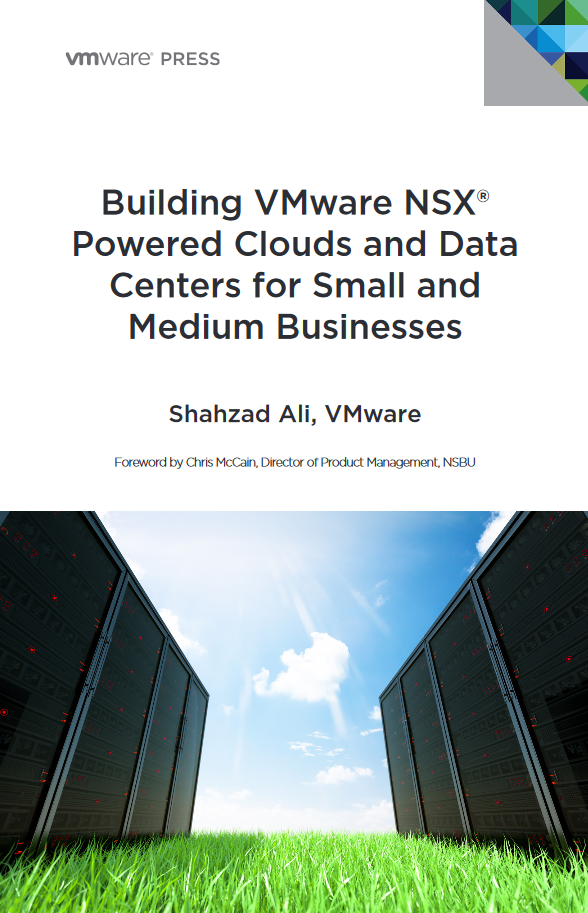BrandPost: Silver Peak 2018 CEO Predictions
Enterprises adopt cloud-first WAN architecturesToday, most WAN traffic, to and from branch and remote sites, is destined for the cloud, either to SaaS services or applications hosted in an IaaS environment. The traditional WAN was architected for branch-to-data-center traffic flows, not to efficiently support new cloud-driven traffic patterns. Starting in 2018, most enterprises will adopt a “cloud-first” SD-WAN architecture designed to efficiently and effectively support the ongoing evolution in their application mix.The new WAN edge replaces the traditional branch routerTraditional routers are no longer the default choice for branch deployments. Routers are burdened by three decades of complexity and a cumbersome “CLI-first” device-by-device configuration paradigm. With SD-WAN as a foundation, a new class of centrally-orchestrated, application-driven WAN edge devices will replace traditional routers in the branch.To read this article in full, please click here


 The software enables secure HD video streaming from IoT devices.
The software enables secure HD video streaming from IoT devices.
 The CLEC says SD-WAN is just a subset of its WAN business.
The CLEC says SD-WAN is just a subset of its WAN business. MEC and CORD are seen as key pillars of next-gen network architectures.
MEC and CORD are seen as key pillars of next-gen network architectures.